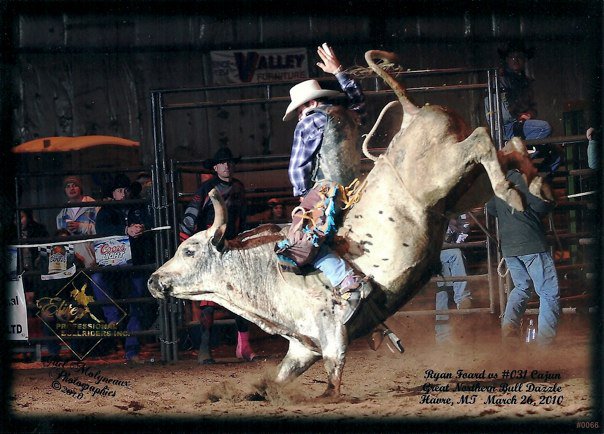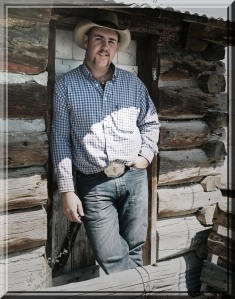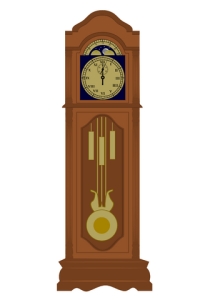Baby’s first step is cause for celebration. Even for us older kids, first steps can be special times of celebration and acknowledgment.
They are, always, the beginning of a journey to discovery.
Sometimes we follow the first step with a second. Other times that first step forward is followed by two steps backward.
Regardless of the pattern, we are dancing.
Those who love to dance know about the Two-Step. If we are to dance our way into the hearts, minds, and souls of those about whom we care deeply, maybe, it’s time we learn the Three-Step. It is much more than leading with our good foot – and, then, dragging the other behind. In fact, it has nothing to do with our feet and everything to do with our heads.
Communication is what the listener does.
While there are many mediums available for communication, the most popular is — Words. Some of us use many, while other individuals use few. We, all, use them, constantly, to express our thoughts and ideas to others. Our messages are composed of two elements: Content and Context.
Guaranteed — the words I choose and the intent behind them will be heard and understood differently by each person, who receives them. They will be filtered through the education and experience of that person. And, they will mean something different to that individual, depending on the day and their mood.
Since Certified Public Accountants are trained in probabilities, let’s look at the odds of being heard and understood. Setting aside that which is beyond our control (the context within which our message will be received), let’s take a look at the content.
A researcher named Mehrabian was interested in how listeners get their information. The results: 55% from the visual component, 38% from the auditory component, and 7% from the language. Our words account for only 7% of comprehension. Have you ever wondered why emails are misunderstood?!
Regardless of how elegantly we Transmit, the logic and emotion of the Receiver are beyond our control. With the first two steps of this communication dance, we have made noise and they have heard the sound. Communication is yet to be accomplished.
The third, and most important, step is Feedback. The communication circuit is complete, only, when the Receiver is courageous enough to Transmit back what they have heard and understood.
In our daily life, we take for granted closed circuits. We flip the switch and the lights come on. Thus, we have reinforced a truth — Electricity will only flow in a completed circuit. Why then do we insist on wandering around in the dark while refusing to complete our communication circuits? We complete them by giving Feedback.
 While there might be legitimate reasons for our inertia, the encouragement is for us to consider the circle of life, itself. Just like the electrical circuit, we are of limited value unless, and until, we complete the circuit.
While there might be legitimate reasons for our inertia, the encouragement is for us to consider the circle of life, itself. Just like the electrical circuit, we are of limited value unless, and until, we complete the circuit.
If we consider the possibility that we are simply wonderful chunks of conduit for the goodness from above to flow through us for the benefit of others, then, it’s logical to envision the lights coming on for ourselves and the rest of the world. We, literally, become lighthouses to guide others through the storms of life. Bright lights make absolutely no noise.
Since all of the words above only contribute 7% to this premise, let’s add the 38% auditory component. By clicking on the “Circles” hyperlink below, we can enjoy sensory delights.
By Sawyer Brown
There’s one around my finger
One around my coffee cup
One around the hands of time
And that big orange ball a comin’ up
There’s one around my eight to five
Four beneath me when I drive
An extra one for overtime, circles
There’ll be one in the hugs around my legs
And one around my waist
And one around the table holdin’ hands and sayin’ graceI thank God for circles
For you, for me, for family and friends
I thank God for circles
May they go round-and-round and never have to endThere’s one around the block
There’s always one around the bend
Any to and from you go
And back again
Some are green and some are golden
Summer turns to winter cold
And into spring the seasons roll, circles
There’ll be one around the candles
One around the birthday cakes
One around the table holdin’ hands and sayin’ graceI thank God for circles
For you, for me, for family and friends
I thank God for circles
May they go round-and-round and never have to endThere’s one around the world
That goes around so we can see it all
One around the halo
When we’re calledI thank God for circles
For you, for me, for family and friends
I thank God for circles
May they go round-and-round and never have to end
I thank God for family and circles
May we find and have so many more of them
The researcher, Mehrabian wrote about a substantial limitation to his study, “These findings, regarding the relative contribution of the tonal component of a verbal message, can be safely extended, only, to communication situations in which no additional information about the communicator-addressee relationship is available.”
In summary, Listeners derive information from visual, tonal, and other verbal cues. Yet, their understanding is dependent upon a number of other factors, including how well they know the communicator.
Communication is what the listener does.
This communicator believes Feedback is a necessary dimension of effective personal growth. It provides for real-time modifications of behavior, and related events, to achieve mutually desired benefits for the participants, which might otherwise be unobtainable, or delayed.
To achieve 100% effectiveness, let’s add the 55% visual component to our circuit of communication. Picture a knight standing at the ready to be of service in your kingdom. He waits for the Feedback that will enhance his efforts to be of greater value to you. If a courageous leader, you will empower him to serve in more effective ways, by offering the Feedback necessary to achieve even greater victories in this our journey, the circle of life!
Credits:
Dancers
Feedback Model
Circles of Life





